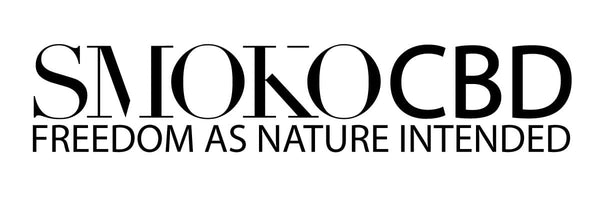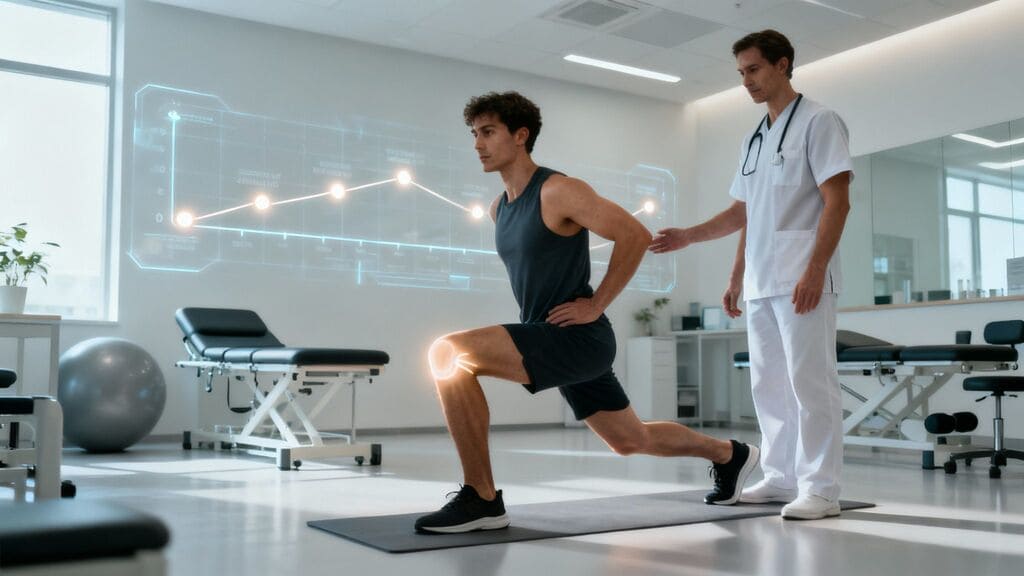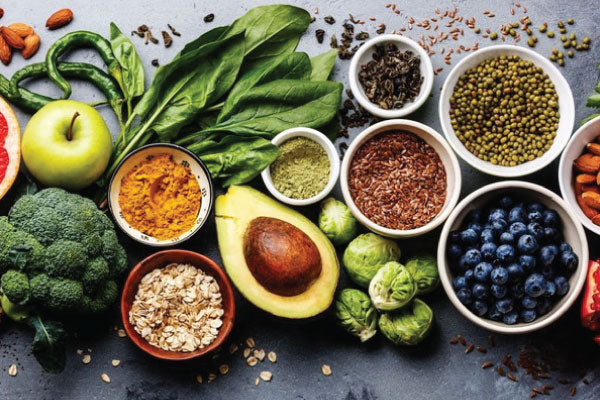Tearing your ACL is a major setback, there’s no sugar-coating it. But getting your head around the road ahead is the first real step toward a solid recovery.
The ACL tear recovery timeline isn't a fixed date on the calendar; it's a journey, and it's usually a long one. For most people hoping to get back to their sport, you're looking at a good 9-12 months. Your own path will be unique, shaped by a few key things, especially the treatment you go for.
Demystifying Your ACL Recovery Journey
Think of recovering from an ACL tear like rebuilding a bridge. You have to set the foundations perfectly, strengthen them in stages, and test everything before you can let the traffic back on. Each phase of your rehab is a critical building block, adding more strength and stability to your knee bit by bit.
Trying to rush the process is like paving over a weak foundation – it just massively increases the risk of the whole thing collapsing later on.
Your personal timeline will be your own. It’s shaped by several factors that decide how quickly, and more importantly, how safely you can move forward.
Factors Shaping Your Timeline
How fast you recover isn't about ticking off days. It's about hitting specific milestones and giving your body the time it needs to heal properly. The main variables are:
- Your Treatment Path: Deciding between surgical reconstruction or non-surgical management will put you on different, though sometimes overlapping, recovery paths.
- The Severity of the Injury: A clean, isolated ACL tear often means a more straightforward timeline. If you’ve also damaged other bits in your knee, like the meniscus or other ligaments, things naturally get a bit more complicated.
- Your Commitment to Rehab: This is arguably the most critical factor of all. How dedicated you are to your physiotherapy directly impacts your strength, mobility, and the final outcome. Consistency is king here.
A common mistake is thinking recovery is a straight line. You'll have good weeks, frustrating plateaus, and maybe even a few small steps back. Listening to your body and your physio is the best way to navigate the ups and downs.
This guide will break down each phase, helping you set realistic expectations for what’s to come. Make no mistake, it’s a big undertaking. Evidence from UK healthcare settings backs this up. A study across several NHS Trusts found the median time from injury to being discharged from physiotherapy was 421 days, showing just how long and varied the process can be. You can dive into the full study about ACL rehab timelines on PMC if you want to see the data for yourself.
To give you a clearer picture, let's lay out the key milestones you'll be working towards. This isn't a rigid schedule, but more of a roadmap to guide you and your physio.
Key ACL Recovery Milestones At A Glance
| Recovery Phase | Typical Timeframe | Primary Goals |
|---|---|---|
| Phase 1: Pre-hab/Initial Healing | Injury to ~2 weeks post-op | Control swelling & pain, regain full knee extension, quad activation. |
| Phase 2: Early Strengthening | 2-6 weeks | Normalise walking, build foundational strength, improve range of motion. |
| Phase 3: Progressive Strengthening | 6 weeks to 3 months | Introduce more complex exercises, start light jogging, build endurance. |
| Phase 4: Sport-Specific Skills | 3-6 months | Begin agility drills, jumping, and movements specific to your sport. |
| Phase 5: Return to Sport Training | 6-9+ months | Full-contact practice, reactive drills, psychological readiness testing. |
This table provides a bird's-eye view of the journey. Each stage builds on the last, ensuring your knee is ready for the increasing demands placed upon it. Now, let’s get into the nitty-gritty of each phase.
Mastering The Immediate Post-Injury Phase
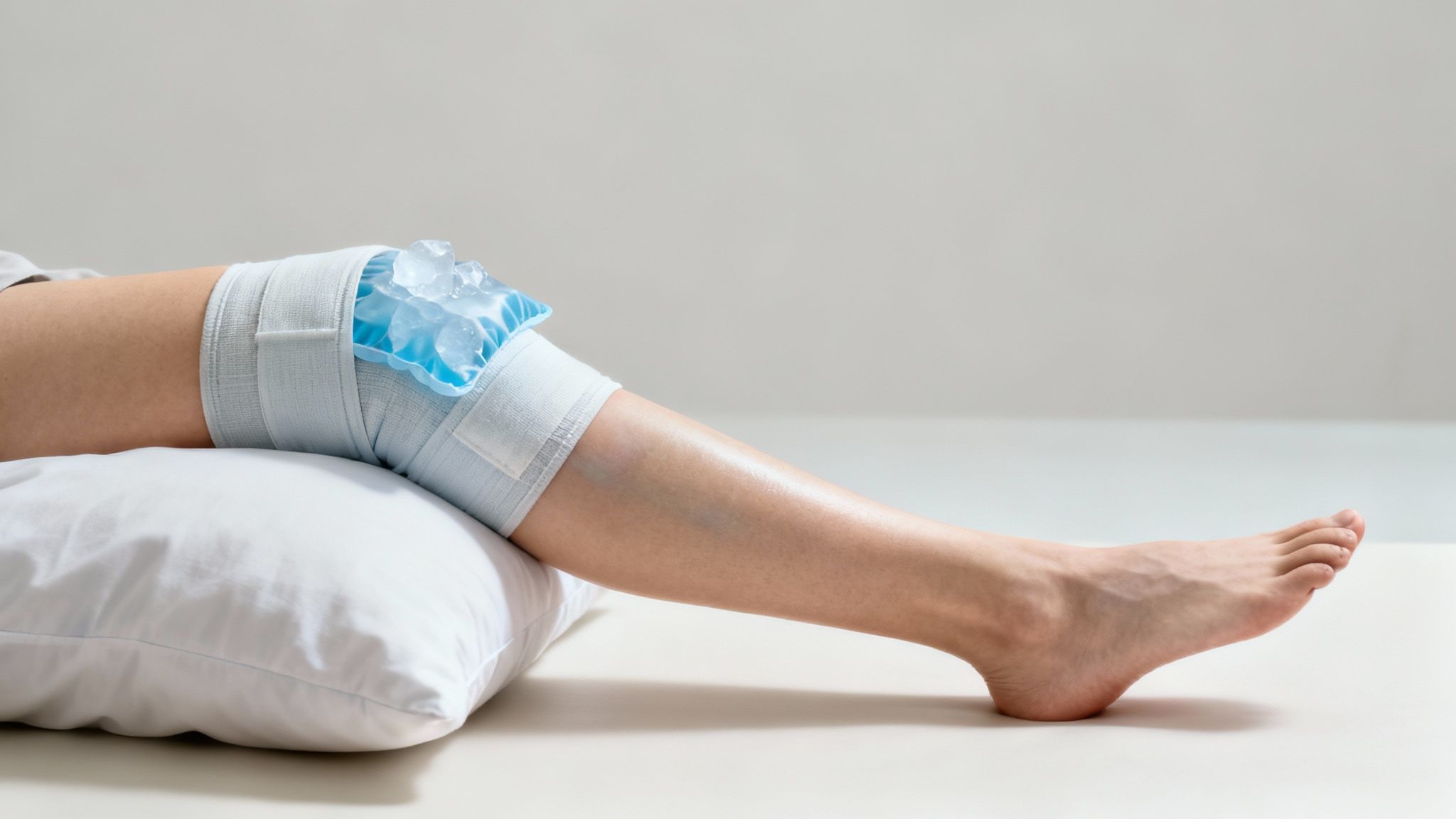
The first few moments and days after an ACL injury can feel like a blur of pain, swelling, and confusion. Your knee joint is in chaos, and the main job for the first two weeks is simply to calm things down. This initial period is all about damage control, and it truly sets the foundation for your entire ACL tear recovery timeline.
The goal here isn't just to get through it, but to create the absolute best environment for your body to start healing. You've probably heard of the RICE protocol (Rest, Ice, Compression, Elevation), but when you understand why you're doing each step, it becomes a powerful strategy. Your number one mission right now is reducing that inflammation.
Swelling is your body's natural alarm system after a trauma, but too much of it can actually slow down healing, ramp up the pain, and make it impossible to get key muscles working. You have to manage it actively.
Your Immediate Action Plan
During these first couple of weeks, you need to be laser-focused. Your physio will give you two non-negotiable goals from the get-go. Nailing these now will make a massive difference down the road.
Your primary objectives are:
- Achieve Full Knee Extension: This is just a fancy way of saying you need to be able to get your leg completely straight. An easy way to work on this is to lie on your back and rest your heel on a rolled-up towel, letting gravity gently do the work. If you lose that full extension early on, it's a real battle to get it back.
- Reactivate Your Quadriceps: After a big injury, your brain often hits the emergency brake and stops sending signals to your quad muscle to protect the joint. You need to re-establish that connection. Simple exercises like 'quad sets'—where you just tense the muscle without moving your leg—are absolutely vital.
Navigating Early Medical Steps
You'll also be figuring out your first steps within the UK healthcare system. This usually kicks off with a trip to your GP or a minor injuries unit. From there, you'll likely get a referral to a physiotherapist or an orthopaedic specialist. Expect a thorough physical exam where they'll check the stability of your knee.
Your job in this phase is to become an expert at managing swelling. Consistent icing for 15-20 minutes every few hours, proper compression with a bandage, and keeping your leg elevated above your heart are your most powerful tools.
Getting inflammation under control is the key to dialling down the pain and getting some function back. Beyond the standard RICE method, some people look into other strategies. If you're curious about how certain natural compounds might help, you can find information on using CBD for inflammation and natural relief strategies.
Remember, this phase is a game of patience and diligence. By focusing on swelling and hitting these early movement and muscle activation targets, you’re building the strong, stable foundation your recovery will depend on.
The Power of Pre-Hab Before Treatment Begins
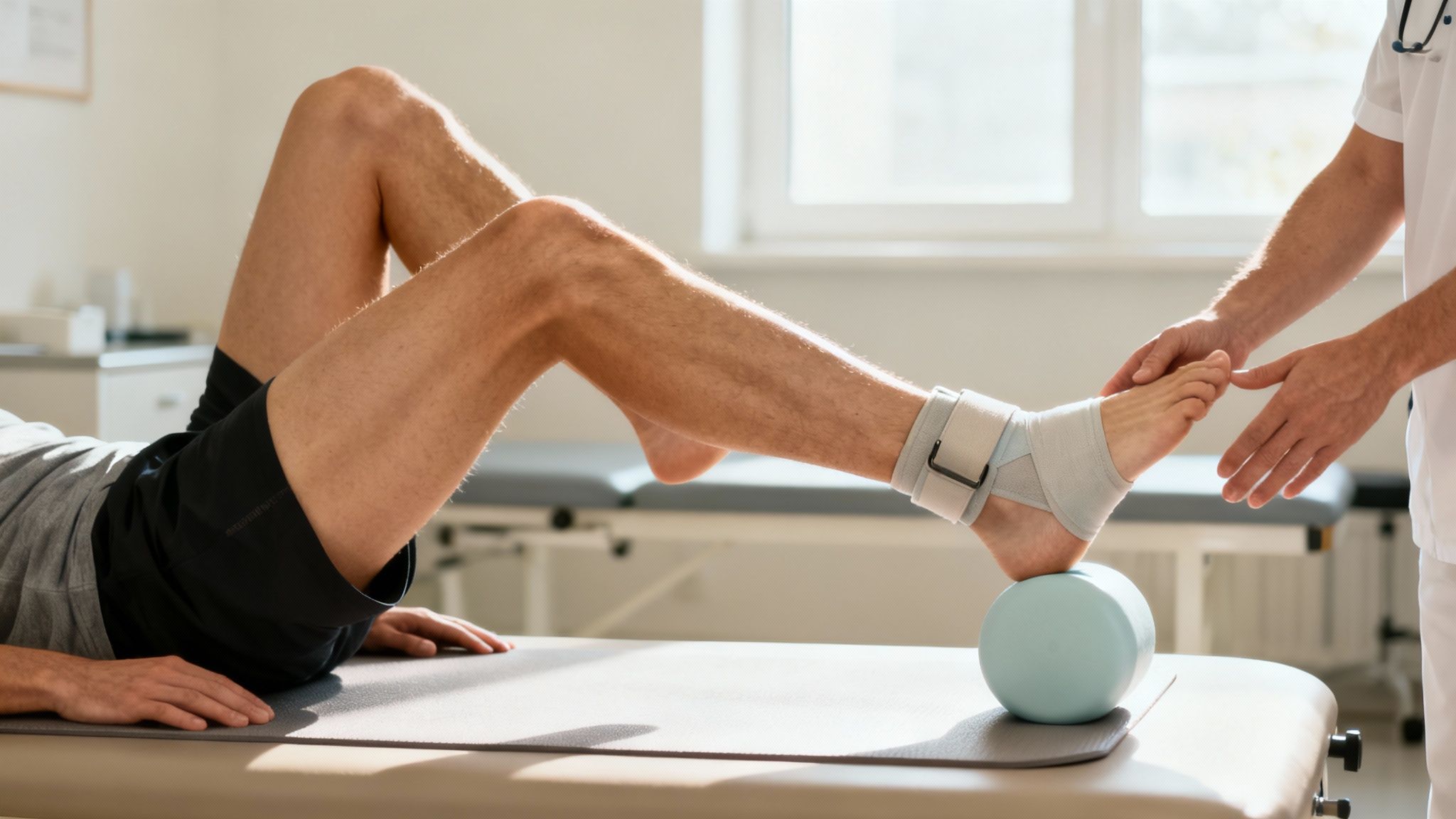
Often, the most important part of your ACL tear recovery timeline happens before any surgery or major treatment even starts. This crucial window is what we call ‘pre-habilitation’ or ‘pre-hab’, and it’s your best shot at getting a massive head start on recovery.
Think of it like getting the foundations right before building a house. If you start with a calm, strong, and stable base, the whole construction process is smoother and quicker. Pre-hab does the exact same thing for your knee.
It's proven that patients who put in the work during pre-hab generally have better outcomes. A knee that goes into surgery with less swelling, good muscle control, and a full range of motion tends to bounce back much faster afterwards. This isn't about pushing through pain; it’s about smart, focused effort.
Core Goals of Pre-Habilitation
The goals during this phase are crystal clear. Your physio will walk you through a programme designed to get your knee in the best possible shape for whatever comes next. The focus here is always on the quality of your movement, not the intensity.
Your pre-hab checklist really boils down to three main goals:
- Restore Full Range of Motion: Getting your knee to bend and, crucially, to straighten out completely is a top priority. This stops stiffness from setting in, which can be a real battle to overcome later on.
- Eliminate Swelling: A calm, settled knee without all that excess fluid is a much better environment for healing. It also helps your muscles fire properly.
- Build Foundational Strength: Gently waking up and strengthening the key muscle groups—your quads, hamstrings, and glutes—provides the support system your knee will be crying out for.
Pre-hab is one of the few parts of your recovery where you are almost completely in control. The effort you put in here pays off big time, helping you get back on your feet faster and with fewer setbacks after treatment.
Nailing this phase means you're not just sitting around waiting for your appointment; you're actively taking charge of your own recovery from day one. Lots of athletes use different recovery aids during this time to manage any discomfort and help their muscles function. For those looking at natural options, understanding the role of CBD for athletes and sports recovery can offer extra insight into handling the physical demands of rehab.
By mastering pre-hab, you’re basically setting your body up for the marathon ahead, not just the next hurdle.
Choosing Your Path: Surgical vs Non-Surgical Recovery
Deciding how to tackle an ACL tear is a huge moment in your recovery. It's not like the old days where surgery was automatically the only answer for everyone. Modern orthopaedics in the UK is much more nuanced, recognising that the best path forward depends entirely on you, your knee, and your lifestyle.
Think of this decision as a real fork in the road. The choice you make here will heavily shape your personal ACL tear recovery timeline. It’s not about which option is "better" in a general sense, but which one is better for you.
Who Is a Good Candidate for Non-Surgical Recovery?
Going the non-surgical route is a perfectly valid and often successful choice for many people. The entire focus shifts to intensive physiotherapy, with the goal of strengthening the muscles around the knee—especially the hamstrings and quadriceps—until they're strong enough to provide the stability the ACL used to.
This approach is often a great fit for:
- People with less physically demanding lifestyles who aren't playing sports that involve a lot of sharp pivoting or cutting.
- Older patients who might face higher risks from surgery and have different activity goals.
- Anyone whose knee already feels pretty stable during day-to-day activities, despite the tear.
Choosing non-surgical recovery isn't giving up; it's committing to a different kind of hard work. Success hinges on your dedication to a lifelong strength and conditioning programme to protect your knee.
This path demands discipline. You're essentially building a "muscular cage" around the joint to make up for the missing ligament. That's a serious commitment, and it requires constant effort to keep that stability for the long haul.
When Is Surgery the Recommended Route?
For plenty of others, surgery is still the most reliable way to get back to a high-demand, active life. ACL reconstruction is a procedure where the torn ligament is replaced with a graft, effectively creating a new, working ligament inside your knee.
Surgery is usually the go-to option for:
- Younger, more active people and athletes who want to get back to high-impact sports like football, rugby, or skiing.
- Anyone experiencing significant knee instability—that awful "giving way" sensation—during simple daily movements. This isn't just annoying; it can cause more damage to your cartilage or meniscus.
- Complex injuries where the ACL tear is just one part of the problem, with other important knee structures also damaged.
The thinking around these injuries has really evolved over time. In England, for example, the rate of ACL reconstruction has shot up by 12-fold since 1997. This shows a big shift towards being more proactive with surgery for active people. You can read more about these evolving treatment trends on PubMed. It just goes to show how vital it is to have an open conversation with your specialist about your personal goals to figure out what's right for you.
Building a Stronger Knee Through Core Rehab Phases
After you’ve dealt with the immediate aftermath of the injury and made the big decisions, you get into the real heart of the recovery. This is where your hard work and sheer dedication start to pay off. The best way to think about the rehab journey is as a series of phases, where each stage builds on the successes of the one before.
It's a bit like learning a new skill. You wouldn’t jump straight to the advanced stuff; you have to nail the basics first. In the same way, your ACL tear recovery timeline isn’t about just ticking off days on the calendar. It’s about methodically rebuilding your knee's strength, its stability, and your confidence in it.
You won't move on to the next phase just because a certain amount of time has passed. Instead, progression is based on meeting specific goals, like hitting certain strength targets or being able to perform functional movements correctly. This approach makes sure your knee is genuinely ready for what’s next, which massively cuts down the risk of frustrating setbacks.
Phase One: Restoring Normal Function (Weeks 2-6)
Once the initial post-injury or post-surgery storm has settled, the first major goal is simple: get you moving like yourself again. The main focus here is to get you back to a normal walking pattern, completely without a limp.
This involves a few key things:
- Achieving full range of motion: You'll work closely with your physiotherapist to make sure your knee can bend properly and, crucially, straighten out completely.
- Building foundational strength: Gentle exercises will start waking up your quads, hamstrings, and glutes to give your healing joint the support it needs.
- Improving balance: Simple balance drills help to rewire the connection between your brain and your knee.
Dealing with any lingering soreness is also a big part of this phase. For localised aches and pains after a tough physio session, some people find topical products can help. Looking into options like a CBD muscle rub for recovery can be one way to manage the physical demands of getting back on your feet.
Phase Two: Advanced Strength and Control (Months 2-4)
With a normal walking pattern back in the bag, it’s time to ramp things up. This phase is all about building serious strength and getting your knee used to more complex movements. The exercises will get more challenging, all designed to prepare your body for daily life and, eventually, your chosen sport.
You'll start to introduce activities like:
- Stationary cycling to build up endurance without high impact.
- Leg presses and squats to develop more serious muscle power.
- More advanced drills for balance and proprioception (your body's awareness of its position in space).
This is often the longest and most repetitive part of the process. It can feel like a real grind, but the strength you build here is the absolute foundation for the rest of your recovery. It’s what protects the healing ligament and gives you the stability you'll need later on.
This infographic gives a good overview of the general timelines and milestones for both surgical and non-surgical recovery.
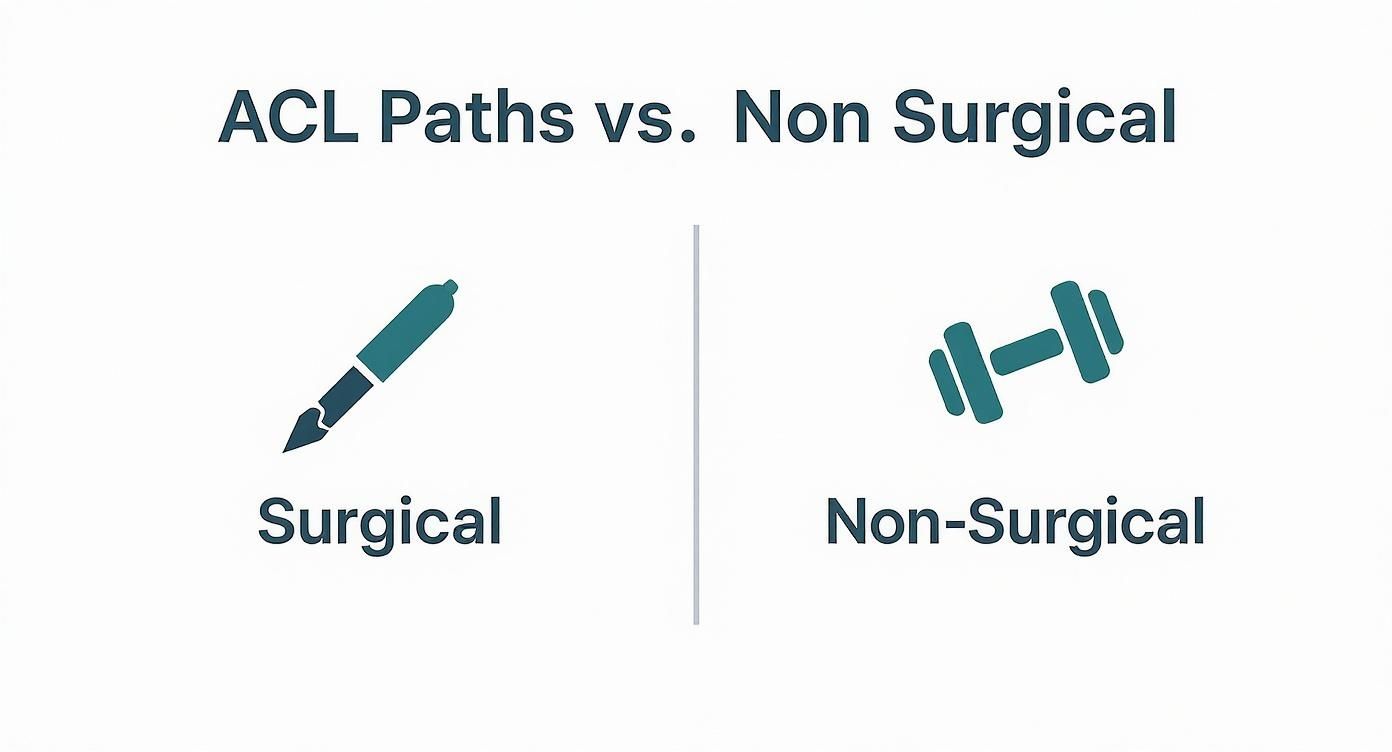
As you can see, both paths demand a huge amount of time and effort focused on strength-building, even though the first few weeks might look quite different.
Phase Three: Power and Sport-Specific Movements (Months 4-6)
Now for the fun part. Once you've laid down that solid foundation of strength, your physio will start introducing activities that look a bit more like the movements in your sport or hobby. The focus shifts from just building raw strength to developing power and agility.
This phase is all about re-teaching your body how to move explosively and change direction without putting your knee at risk. It’s not just about physical strength, but also rebuilding the brain-body connection needed to protect your joint.
Activities in this phase are always highly controlled and progress slowly:
- A carefully structured return-to-running programme.
- An introduction to proper jumping and landing techniques.
- Agility drills like side-shuffling and gentle cutting movements.
Every single exercise is done with a sharp focus on perfect form. This ensures your knee is moving correctly and you aren’t picking up any bad habits. Getting through this phase successfully is a massive leap toward getting back to the activities you love.
Safely Returning To Sport and Preventing Re-Injury
Getting the green light to return to the pitch or court is a massive milestone in your ACL tear recovery timeline, but don't be fooled—this final phase is where you need to be most careful. Think of your reconstructed knee like a newly paved road; it looks solid and ready for action, but it needs time to fully cure before it can handle the stress of high-speed traffic. Rushing back is one of the biggest mistakes you can make.
The modern approach to deciding if you're ready isn't just about how many months have passed. While this phase typically kicks off around the nine-month mark, your physiotherapist will be looking at hard data from strength tests and functional hop tests. You'll need to prove your operated leg has clawed its way back to at least 90% of the strength and control of your uninjured leg.
Passing the Final Test
Before you're truly clear to compete, you have to complete a rigorous sport-specific training programme. This isn't just a friendly suggestion; it’s a non-negotiable step to protect all the hard work you’ve put in. This is where you re-teach your body how to handle the high-risk movements that probably got you injured in the first place.
Your programme will focus on drills like:
- Cutting and Pivoting: Replicating those sharp, explosive changes of direction you see in sports like football and rugby.
- Controlled Landing: Practising the right way to jump and land to absorb impact without putting your knee at risk.
- Reactive Agility: Training your body to respond to unpredictable situations, just like in a real game.
Getting back to sport isn't a finish line you cross; it's a new starting line. Your commitment to ongoing strength work and proper warm-ups is what will keep your knee safe for the long term.
A tough pill to swallow is the ongoing risk of re-injury, which can be as high as 5% to 10% even after a successful reconstruction. It's a complex topic, and you can learn more about the complexities of ACL healing and reinjury on yorkshirekneeclinic.com.
For athletes exploring every available recovery aid, our guide on why professional athletes take CBD offers some extra perspectives. Ultimately, this final phase is all about building a resilient, intelligent knee that’s ready for anything you throw at it.
Common Questions About Your ACL Recovery
Going through the long ACL tear recovery timeline will naturally throw up a lot of questions. Getting your head around the answers to these common worries can be a massive comfort as you push through your rehab.
A big one people ask is when they can walk normally again. While you might ditch the crutches in 2 to 4 weeks, getting back to a totally natural, limp-free walk often takes a bit longer, usually somewhere around the 6-8 week mark. Your physio will be laser-focused on the quality of your walk, making sure your knee fully straightens out with every single step.
How Do I Know If My Recovery Is On Track?
It’s so important to measure your progress by milestones, not just by ticking days off the calendar. The best way to know you’re on the right path is through regular check-ins with your physiotherapist.
They’ll be keeping a close eye on the key metrics, things like:
- Improvements in your range of motion – both bending (flexion) and straightening (extension).
- Strength test results and how they stack up against your uninjured leg.
- Your functional ability to do specific tasks, like single-leg squats or balance tests.
Seeing consistent, measurable improvement in these areas is the clearest sign you can get that your recovery is heading in the right direction and all your hard work is paying off.
It's also completely normal to see some serious muscle loss (atrophy) in your thigh and calf. This happens incredibly quickly because you're not using the muscles and it's part of your body's way of protecting itself. A huge focus of your entire rehabilitation programme will be rebuilding this muscle.
At SMOKO CBD, we get the challenges that come with a long recovery journey. Why not explore our range of UK-made, lab-tested CBD products designed to support your wellness goals? Find out more at https://smokocbd.com.
